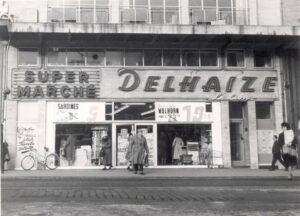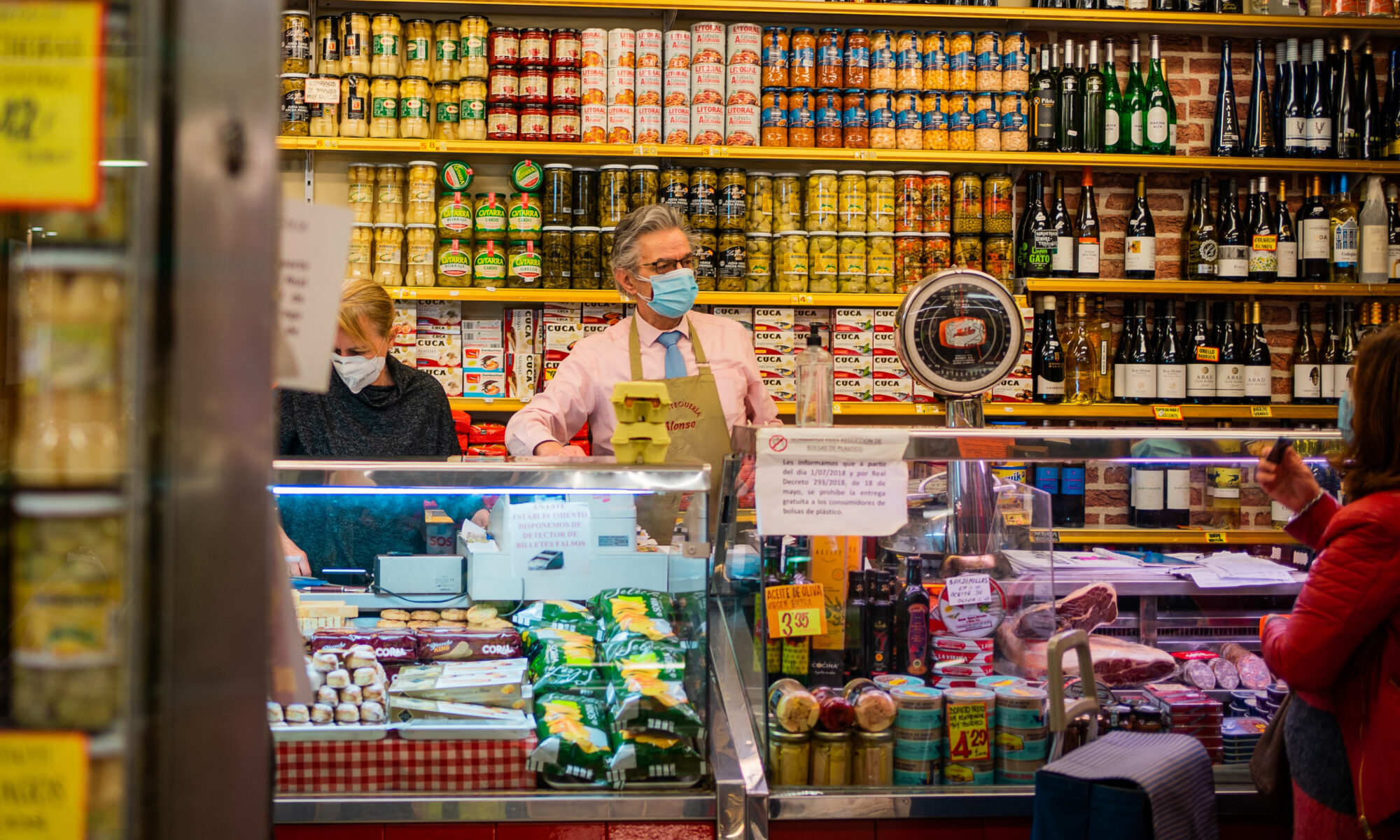Trend watchers predict a return of the ‘roaring twenties’ after this Corona period. A dark period of crisis is often followed by an active period where the population takes full advantage of ‘the light after the dark’.
The 1920s after World War I and the Golden Sixties after the problematic postwar period are examples of this. Certainly from the late ’50s and into the ’60s, the sky truly was the limit. The emergence and everyday use of new technologies such as washing machines, televisions, cars, mass tourism,… made people’s lives more manageable and pleasant.
Jumbo jet and self-service shopping
During this period, the famous Boeing 747 Jumbo jet was developed as an aircraft for mass tourism. Many of these technologies blew over from the US, in the wake of the post-war Marshall Plan. This phenomenon was also valid in the shopping field.
In the 1960s, the first real self-service supermarkets were launched in analogy to supermarkets in the US. In continental Europe, the first self-service supermarket opened in 1957. This was, in fact, the Delhaize branch on the Place Flagey in Brussels (Belgium). In these stores, people could do their shopping with a shopping cart. Before that, consumers were offered a relatively limited assortment at the counter of their local grocery store.

Milkshops and mail catalogues
In the 1950s and 1960s, many retailers were located in cities. Consumers would travel to those cities just to shop there. After all, in many towns, there were no specialty stores. People usually did their shopping by public transport or bicycle. There were hardly any cars or large parking lots in the cities. Almost all transport of goods was done by van, by ‘triporteur’ (a delivery tricycle), or even by horse and cart.
Towns typically had a bakery, a butcher, a small grocer, a bank branch and a newsagent. Milk, soup, baked goods and beer were delivered at home. For other purchases, consumers had to go to nearby towns or order something by mail with ‘the catalogue’ of 3Suisses. One often had to wait a few weeks for the packages.
Retro mobility, logistics and shopping
From the 1970s onwards, many of these customs faded into the background. People who are in their twenties and thirties today have not known the milk and soup shop and can hardly imagine a mail-order catalogue. We are convinced that the next decade will be defined by the reintroduction of many customs from that period.
There are several reasons why we will soon be talking more about retro mobility, retro logistics and retro shopping.
- For several years now, cities and municipalities have been striving to reduce car use and freight transport. The introduction of environmental zones, the revival of public transport in cities, the closure of car parks and the pursuit of increased use of cargo bikes all fit into this framework. In essence, cities are dreaming of recreating the 1950s’ neighbourhoods and mobility: fewer cars, dense public transport, ecological transport with the ‘triporteur’, and many specialty stores in the city centre.
- Since the late 1960s, large supermarkets have pushed out the small independent grocer. However, these large supermarkets along major roads are on the decline. In every small community or urban neighbourhood, the grocers of yesterday, are reopening. Just think of AH to GO, 7-11, Tesco Express, Stop&Shop,… It is not by chance that these local stores and eCommerce have done remarkably well during the pandemic.
- Many consider ECommerce is considered to be the ‘killer’ of small merchants. However, mail order companies such as 3Suisses and La Redoute have been around for decades. Only the ordering method and the delivery time have changed. In essence, buying from a distance and home deliveries are not new. 3Suisses was actually the Zalando of the 1950s!
- The decline in car ownership, already very noticeable among young people, means that we increasingly buy smaller quantities and want those products delivered to our homes. Food deliveries by Hello Fresh, Deliveroo, Delhaize.be, etc. will continue to rise. In the past, those deliveries were done by soup and vegetable shops, butchers and bakers. We will still buy fresh products in stores, but more often than not in a local supermarkets, just like we use to do in small grocery stores.
Today, there are many innovative projects on logistics, mobility, car use and local commerce organised in governments. But are we really talking about innovations? No, we are talking about old habits, often with a contemporary IT sauce on top. There is nothing wrong with this because history repeats itself, always. The Corona pandemic has only accelerated these trends.
Prof. Wouter Dewulf and Prof. Roel Gevaers are both part of the Department of Transport and Regional Economics at the Faculty of Business and Economics (University of Antwerp).


